POLL: Conservatory or extension?
Lexi Parkin
7 years ago
Featured Answer
Sort by:Oldest
Comments (192)
MTA Chartered Architects Ltd
7 years agoArchitects Office
7 years agoDamian Sheerin Architects
7 years agoEvergreen Windows
7 years agoDelta Roof Systems
7 years agoWestbury Windows & Joinery
7 years agoPWJ Architects Ltd
7 years agoFirman Reece Ltd
7 years agoDelta Roof Systems
7 years agoEvergreen Windows
7 years agoDelta Roof Systems
7 years agoA&D Period Rennovations
7 years agoUser
7 years agoThompson + Baroni Architects
7 years agoTALUD
7 years agolast modified: 7 years agoUser
7 years agoHunter Associates
7 years agoUTLL
7 years agoTuttle Architectural Services
7 years agoRichard Smith. Architect
7 years agoRichmond Oak Conservatories Ltd
7 years agoRichmond Oak Conservatories Ltd
7 years agolast modified: 7 years agoSophie Clarke
7 years agoParamount Construction HV Ltd
7 years agoDelta Roof Systems
7 years agoCj Architects
7 years agoDesign Haus Architecture
7 years agoPremier Roof Systems
7 years agoJohn Kinsley Architects
7 years agolast modified: 7 years agofriedlanderdesign
7 years agoOlive Grove Home Ltd
7 years agoCatia Interiors
7 years agoNeil Pike Architect
7 years agoMetre Squared Architecture
7 years agolast modified: 7 years agoCarol Yates Design
7 years agoSterlingbuild
7 years agoMerlin Fibreglass Flat Roofing
7 years agoDelta Roof Systems
7 years agoKJC Architects
7 years agoCreate Properties Ltd
7 years agonone
7 years agoDelta Roof Systems
7 years agoCIF Builders Group
7 years agoMichael Nicholas Design
7 years agolast modified: 7 years agoErnest Tsui Architects + Partners
7 years agoNDM Architects
7 years agolast modified: 7 years agoLeicestershire Gardens Design Co.
7 years agolincoln18
6 years agovaleriekent
3 years agoElla Motahammadani
3 years ago

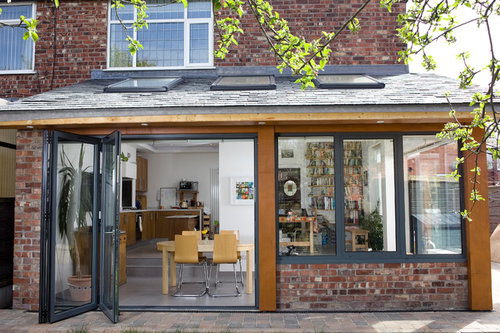


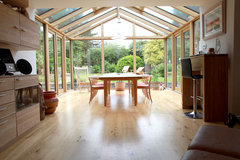
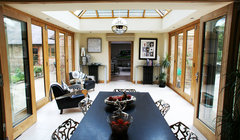
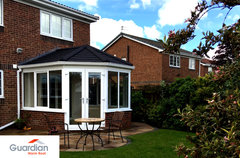
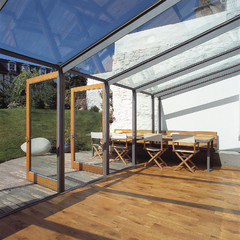
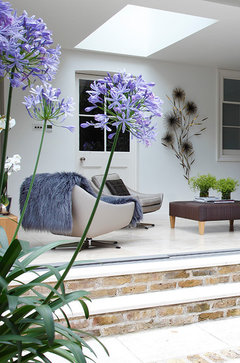
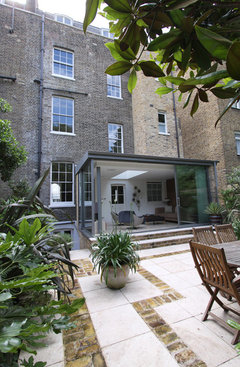
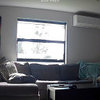
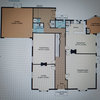
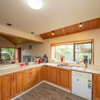

nicolakwai